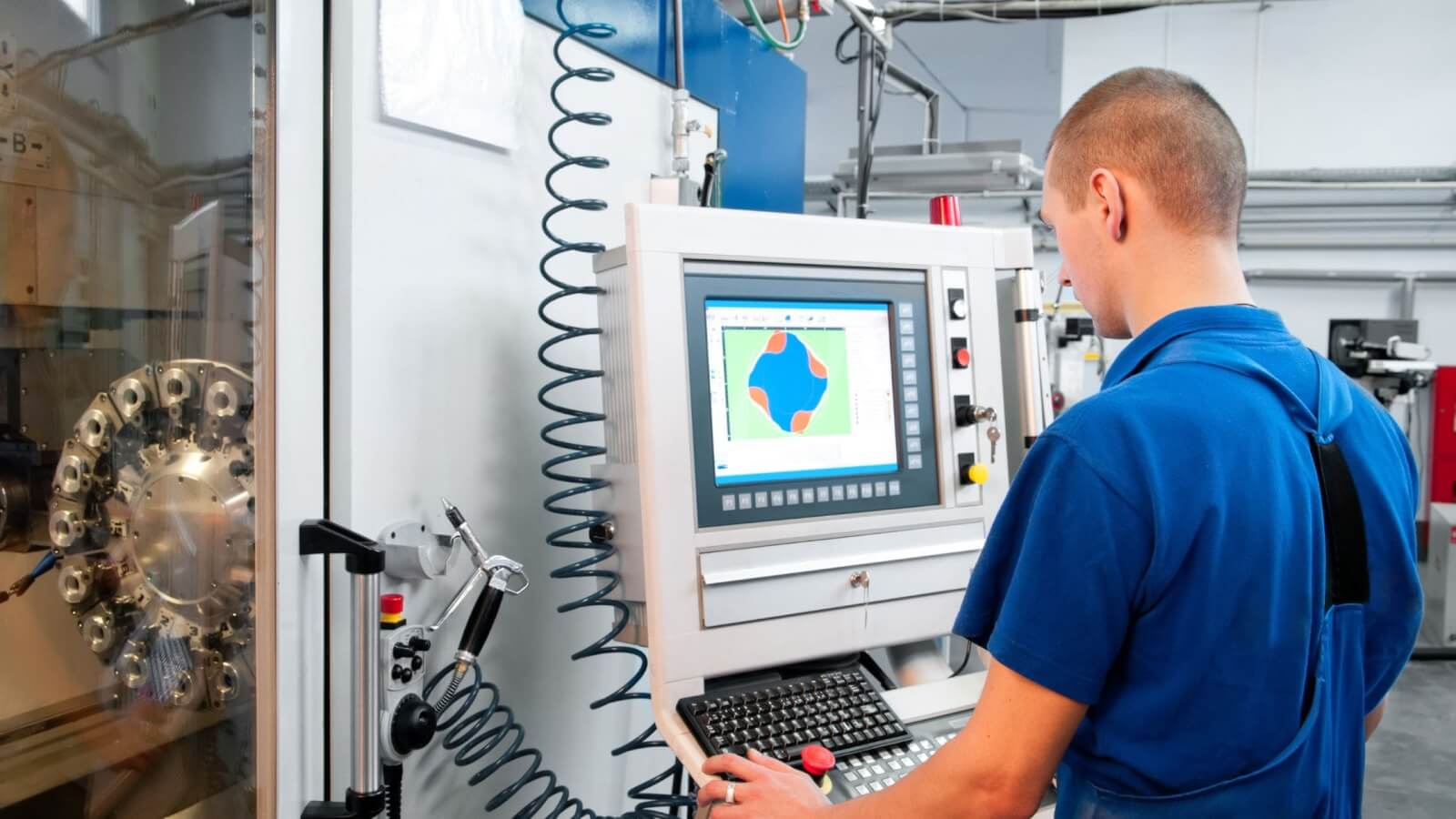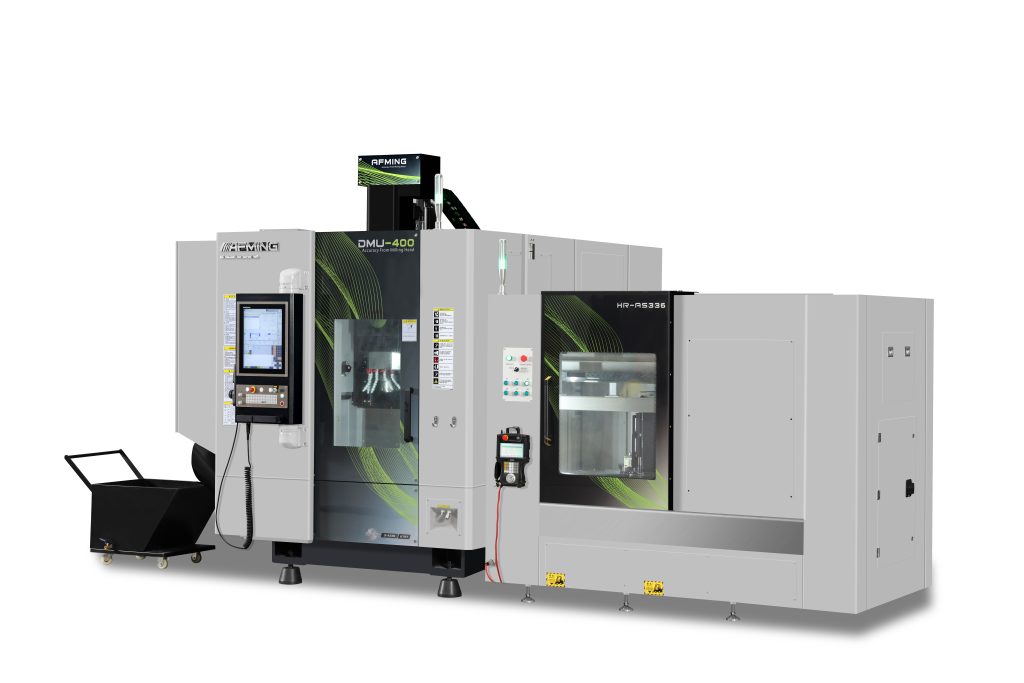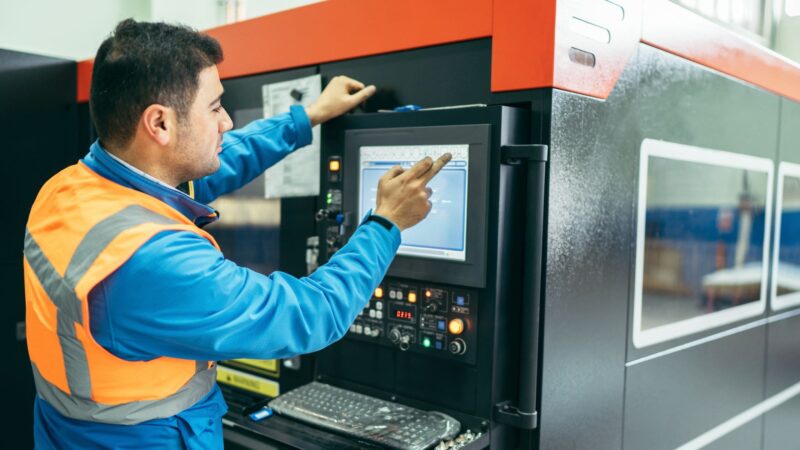In the dynamic realm of architectural design, where imagination knows no bounds, advanced CNC technology has emerged as a transformative force. This sophisticated machinery, which stands at the intersection of artistry and precision engineering, enables architects to materialize their most ambitious visions with unprecedented accuracy.
As the designs become increasingly intricate, CNC technology deftly carves out not only stunning structures but also complex details that were once deemed unfeasible. From the fluid lines of modern sculptures to the sharp angles of contemporary edifices, this technology is reshaping our environment in profound ways.
With the ability to process a myriad of materials—from wood to metal—CNC systems are revolutionizing the architectural landscape, marrying creativity with innovation in ways that elevate both form and function. In this exploration of advanced CNC technology, we’ll delve into its transformative impact on architectural results, showcasing how it empowers designers to push boundaries and redefine what is possible in the built environment.
Understanding CNC: The Basics and Beyond

CNC, or Computer Numerical Control, fundamentally revolutionizes the manufacturing landscape by enabling precision and automation in the creation of intricate architectural designs. At its core, CNC technology operates through a process in which programmable software directs machine tools, allowing architects and designers to transform digital models into tangible structures with remarkable accuracy. This sophisticated interplay between digital planning and mechanical execution not only enhances efficiency but also opens the door to a realm of creative possibilities that were once deemed impractical.
From complex curves to elaborate geometric shapes, CNC machines deftly handle materials ranging from wood and metal to stone, pushing the boundaries of what can be achieved in modern architecture. As we delve deeper into the advanced capabilities of CNC technology, it becomes clear that its impact extends far beyond mere production; it is a catalyst for innovation, driving the architectural field into an era where dreams take shape with unprecedented clarity and detail.
Precision Redefined: The Role of CNC in Architectural Design

In the realm of architectural design, the advent of CNC technology has ushered in a new era of precision that transcends traditional methods. Gone are the days of labor-intensive craftsmanship, where even the slightest error could derail a project.
With CNC machines, architects can bring their boldest visions to life, transforming complex designs into tangible realities with unparalleled accuracy. Imagine intricate facades with swirling patterns, bespoke furniture that seems to float, or geometric structures that challenge the very laws of physics—all made possible through the meticulous programming of CNC systems. This isnt just automation; its a revolutionary tool that allows for an extraordinary interplay of creativity and engineering, enabling designers to push boundaries while maintaining an unwavering commitment to quality.
As projects grow more ambitious, the symbiotic relationship between artistry and advanced technology becomes increasingly vital, redefining what’s achievable in the built environment.
Conclusion



